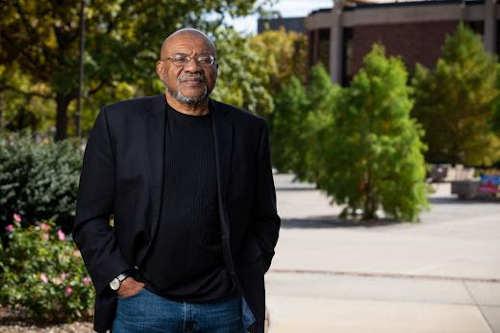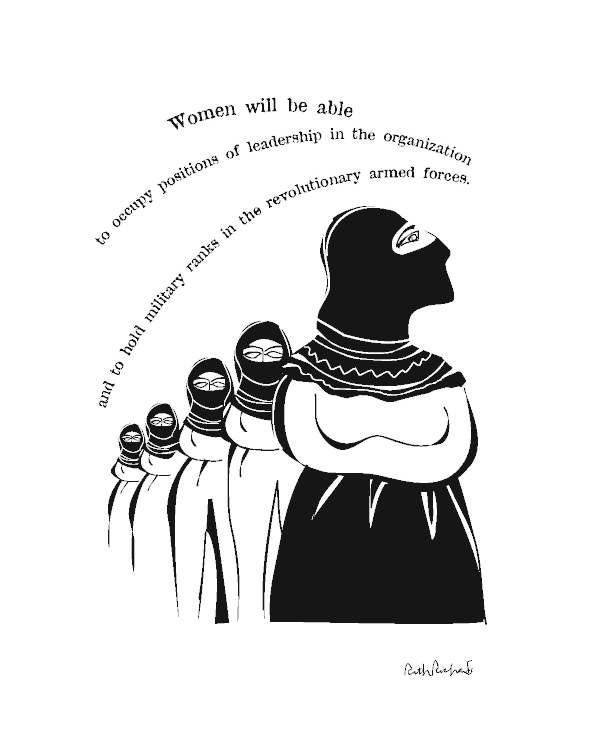‘SPIDER-MAN: NO WAY HOME’ RATED PG-13
Except for the hardcore fans of the franchise, there have been enough “Spider-Man” films in the last two decades that it proves a challenge to keep track of the exploits of the succession of costumed crimefighters from Tobey Maguire to Andrew Garfield and Tom Holland, the current Spidey.
Just like Sean Connery in the James Bond films, Tobey Maguire may remain the favorite, though that takes nothing away from his successors who put their own stamp on the friendly neighborhood hero from Queens.
Not everyone in the film’s public sees Tom Holland’s Spider-Man, having been exposed to be teenager Peter Parker by newspaper editor J. Jonah Jameson (J.K. Simmons) in the previous outing, as a hero after being accused of causing the death of Mysterio.
Peter’s troubles are only intensified at the beginning of “Spider-Man: No Way Home” with the execrable, ruthless Jameson as a cable host now gaslighting Peter on his widely-viewed program the Daily Bugle.
With family and friends in danger due to a lack of his secret identity, Peter summons help from Doctor Strange (Benedict Cumberbatch) to use his magic to erase Peter’s identity from the public consciousness, but that simple request gets so convoluted as to engender chaos.
Complications over Peter’s perceived misdeeds affect his plans for college as well as those of his girlfriend MJ (Zendaya) and best friend Ned (Jacob Batalon), all three of them finding their hopes to be accepted at MIT being dashed due to Spider-Man’s newfound notoriety.
It’s bad enough for Peter and his friends to deal with unwanted media attention and peer hassles in the corridors of high school. This leads us back to Doctor Strange casting a spell that unwittingly causes villains from other dimensions to be foisted on our planet.
Emerging from their alternate worlds, Willem Dafoe’s Green Goblin, Alfred Molina’s Dr. Otto Octavius, Jamie Foxx’s Electro, Thomas Haden Church’s Sandman and Rhys Ifans’ The Lizard pose a climactic challenge to Spider-Man in a pitched battle at the Statue of Liberty.
It should not come as a surprise to anyone following these superhero films that “Spider-Man” does not resist an end credits scene of a familiar figure whose presence leaves little doubt that another sequel is in the works.
As it goes so far, Tom Holland has the insouciant charm of youthfulness that serves him well for Peter Parker’s believable alter ego of Spider-Man, and it would seem his boyish poise is good for another round or two.
Memory does not serve to recall sufficient details of all previous films in the franchise, but it must be said that “No Way Home” ranks at or at least near the top of the best, an opinion vindicated in no small measure by the boffo box-office returns.
Elements of the storyline can at times be confusing, but the filmmakers bring technical excellence to all facets of superhero action. Efforts have been taken here to avoid spoilers about some of the key characters. “Spider-Man: No Way Home” merits a trip to the multiplex.
‘THE TENDER BAR’ ON PRIME VIDEO
Now streaming on Prime Video, “The Tender Bar,” adapted from the same-titled memoir of journalist J.R. Moehringer, is a coming-of-age story directed by George Clooney.
In 1972, 9-year-old J.R. Maguire (Daniel Ranieri, a gifted young actor) and his mother Dorothy (Lily Rabe) are displaced from the big city and have no other choice than to move back to the Manhasset, Long Island home of the boy’s curmudgeonly grandfather (Christopher Lloyd).
Young J.R.’s real father is a deadbeat radio deejay by the nickname of “The Voice” (Max Martini) who deserted him and his mom years earlier. J.R. dreams of being reunited with his father, but that hope seems rather elusive.
Stepping in as an unconventional father figure is the good-hearted Uncle Charlie (Ben Affleck), a self-educated voracious reader who tends bar at the local watering hole called “The Dickens,” a friendly dive bar that becomes J.R.’s hangout.
Uncle Charlie, as well as a number of other relatives that seem to come and go, lives at grandpa’s house as well, where his closet is full of classic books. Charlie encourages J.R. to read and forego any notion of playing sports.
Charlie tends to wax philosophically at The Dickens pub, where an assortment of amiable barflies prove supportive of Charlie’s tutelage and encouragement of J.R. to become a writer.
Meanwhile, with not a dollar to her name, Dorothy wants nothing more than for J.R. to go to Yale. Soon enough, we see college student J.R. (Tye Sheridan) achieve his goal in the Ivy League, where he seems more obsessed with pretty rich girl Sydney (Briana Middleton).
After a stint at the New York Times, J.R. makes his way back to Manhasset and The Dickens. Uncle Charlie is still there to dispense advice and J.R. has a final reckoning with his absentee father.
Ben Affleck delivers a tour de force touching, colorful performance in his guidance of J.R., and for this reason alone “The Tender Bar” is worth watching.
Tim Riley writes film and television reviews for Lake County News.

 How to resolve AdBlock issue?
How to resolve AdBlock issue? 








